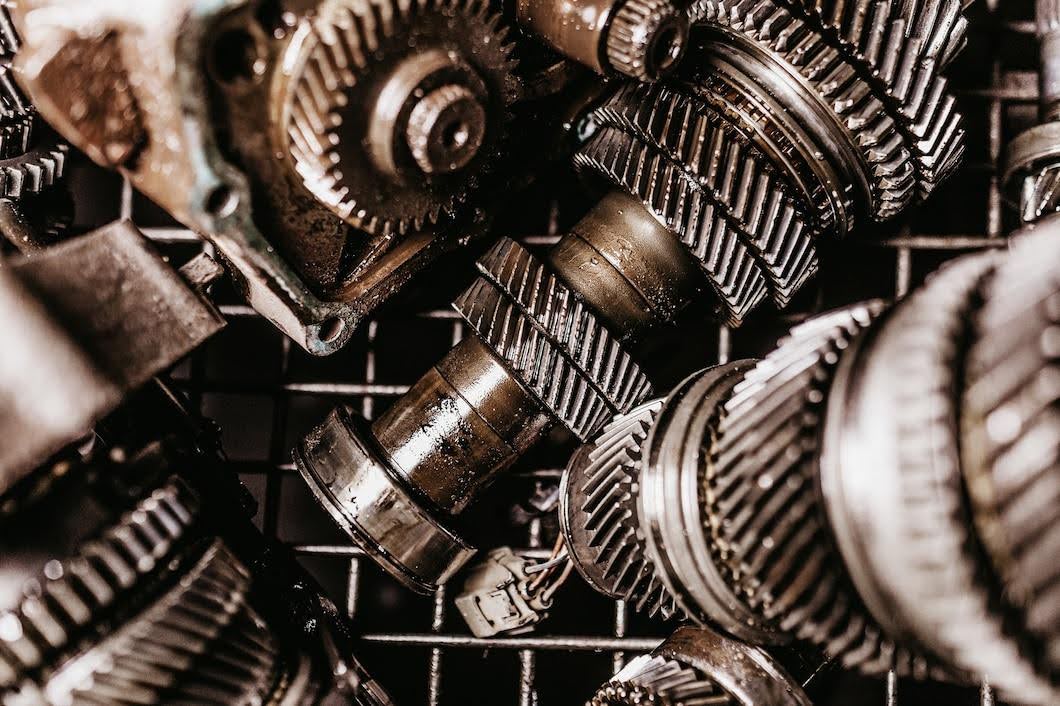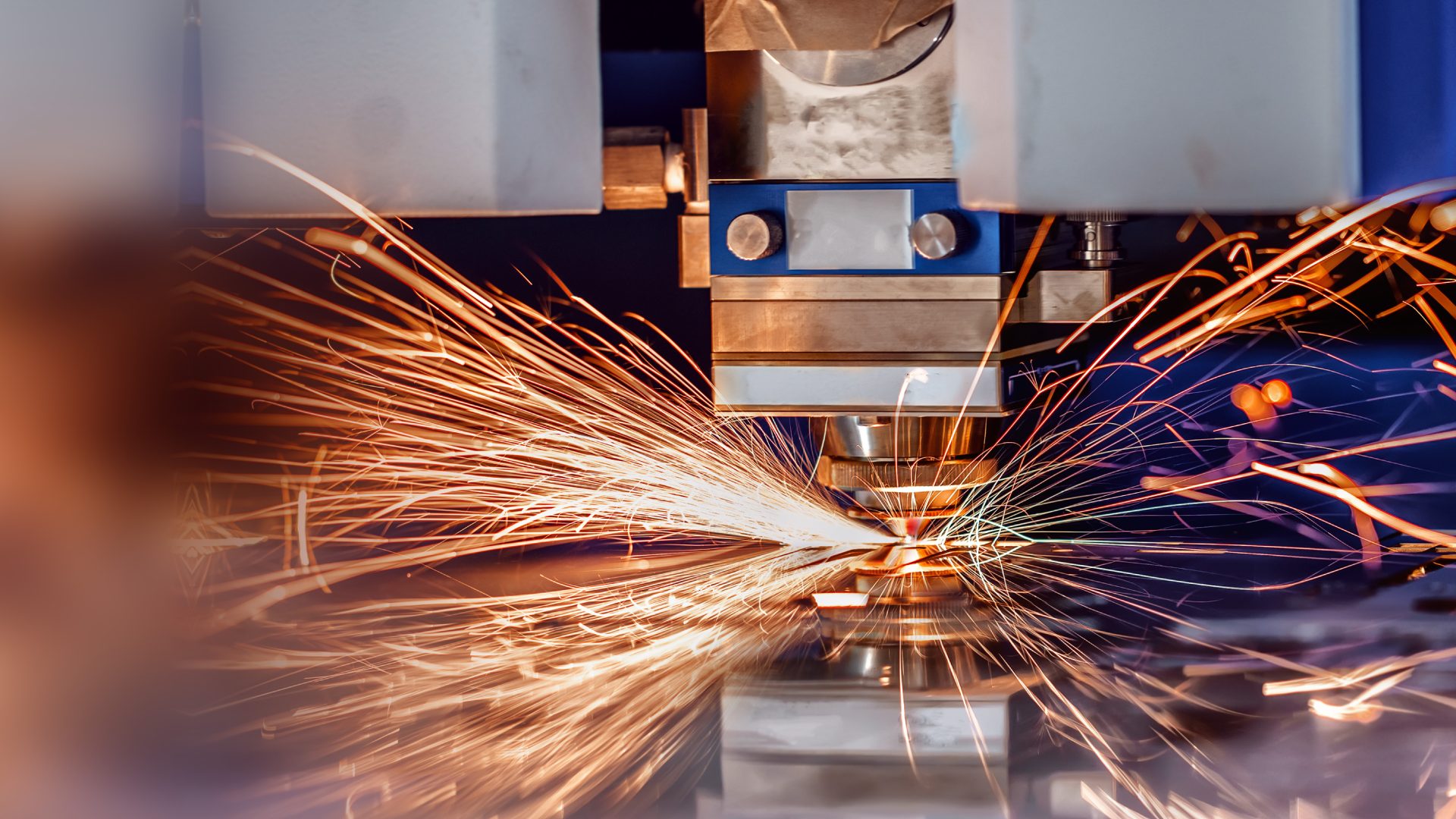There are many components in modern industrial facilities that control the speed and direction of motors. The industrial gearbox is one of these components that ensures smooth operation of equipment, from conveyor belts to robotic control systems. Therefore, you should know when maintenance is required to avoid costly breakdowns and extensive industrial gearbox repairs. Here is a closer look at the warning signs that indicate your industrial gearbox needs inspection.
1. Noises That Signal Industrial Gearbox Rebuild
Grinding or crunching noise is one of the most common warning signs that can damage gears. Insufficient lubrication and contamination sometimes loosen the bearings and shafts, causing vibration and high-pitched humming sounds. Sometimes, pressure imbalances in the gearbox cause fluid leakage accompanied by a hissing noise. To resolve these issues, you should avoid attempting private repairs. It is advisable to call a professional industrial gearbox repair service. They provide high-quality industrial gearbox rebuild and repair solutions using advanced technology to extend performance and lifespan.
2. Heat Damage Indicators
If you notice that your industrial gearbox becomes extremely hot during applications such as mechanical transmissions, heavy mining equipment, and engineering machinery, it is a red flag. You should avoid placing the gearbox in an area with poor ventilation, as this prevents maintaining an optimum temperature. If the lubricant level is insufficient, it increases friction within gearbox components, ultimately causing overheating. You should keep a constant check on the lubricant, ensure it is free from debris, dirt, and water, and allow the system to dissipate heat properly.
3. Sticking Gearbox Operation Signs
Another red flag that can create operational trouble is gear slipping or sticking. Due to heat, friction, and insufficient lubrication, gears may push toward the internal side of the gearbox. Sometimes, a faulty synchronizer reduces the performance and productivity of industrial applications. The main culprit of this warning sign is damaged or worn teeth. You should immediately replace the worn teeth of the industrial gearbox with new parts to resolve gear sticking.
4. Low Gearbox Output
An alarming sign is reduced gearbox performance. It fails to deliver in heavy-duty industrial operations such as power transmission, mining, and construction work. This occurs due to several reasons, such as wear and tear, torque problems, wrong type of lubricant, foreign substances, damaged seals, or control system issues. Because of these problems, gearbox components lose efficiency in rotation, compromising overall functionality. Therefore, you should maintain and professionally inspect your gearbox on a regular basis.
5. Frequent Shutdowns or Stops
If you fail to inspect industrial gearbox parts regularly and ignore worn or damaged components, you may suddenly face shutdowns or stoppages in industrial operations. To prevent unexpected shutdowns and excessive strain, you should lubricate the parts regularly, maintain proper fluid levels, place the gearbox in a cool location, and ensure stable oil pressure. These preventive measures help keep your facility running as smoothly as possible. Regular tire inspections can help prevent frequent replacements while improving safety, enhancing vehicle performance, and ensuring driving comfort.




